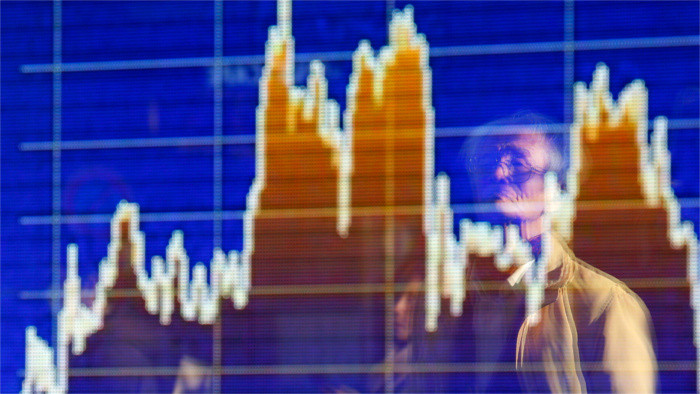The rollout of vaccination against COVID-19 and the gradual easing of pandemic-related restrictions should enable Slovakia's economic growth to rebound quickly in the second half of this year, bringing annual GDP growth to 4 percent, according to the winter 2021 economic forecast published by the European Commission (EC) on Thursday. The Slovak economy is forecast to reach its pre-pandemic output level by the end of 2021 and to grow by around 5.4 percent in 2022. Slovakia should thus record the highest GDP growth in the EU in 2022 along with Malta.
After the strong rebound seen in the third quarter of 2020, the second wave of the coronavirus pandemic is expected to have suppressed economic activity in Slovakia towards the end of 2020, resulting in a 5.9-percent contraction of GDP compared to 2019, states the EC in its forecast.
According to the EC, the deteriorating short-term outlook is mainly affecting domestic spending. Despite continued fiscal measures cushioning the fall in private incomes and employment, the closure of businesses and travel restrictions are depressing private consumption, particularly in the service sector. In addition, prolonged uncertainty is keeping precautionary savings of households high and discouraging investment spending. However, assuming that most of the containment measures will be lifted, a strong rebound in domestic demand is expected as of the second half of 2021.
In contrast to services, industry is proving to be more resilient, being largely shielded from domestic pandemic-related restrictions. This bodes well for Slovakia's industry-heavy export sector, which should also benefit from improved foreign demand. Due to a large share of imported intermediate inputs, strong exports should also sustain more rapid import growth despite initially weaker domestic spending.
On balance, net exports are forecast to contribute positively to GDP growth over the forecast period of 2021-22.
The EC expects inflation to slow dramatically at the beginning of 2021 due to a drop in regulated energy prices. The deteriorating short-term outlook will act as an additional deflationary force via weaker domestic demand, resulting in an annual inflation rate of 0.5 percent in 2021.
However, the more dynamic rebound in the second half of 2021 is forecast to set off rising price pressures, mainly in the domestic service sector, leading to gradually increasing inflation rates, before the figure stabilises at around 1.6 percent in 2022.
The EC pointed to the fact that future spending related to the Recovery and Resilience Facility is not included in this forecast and that it constitutes an inflationary risk.
Source: TASR

